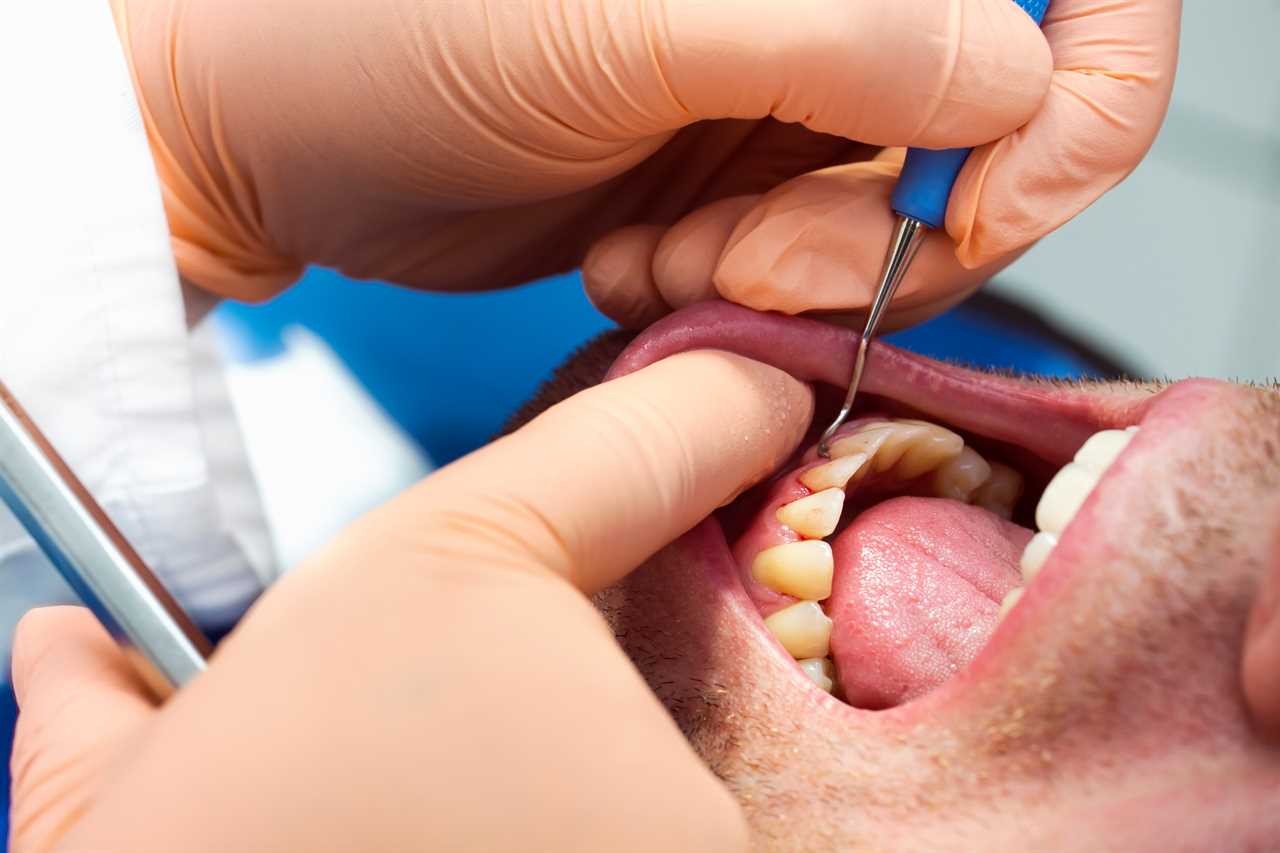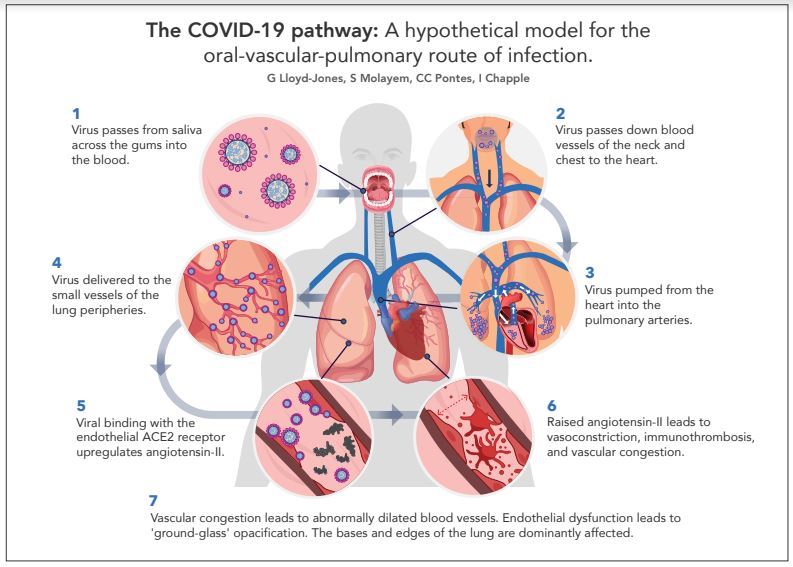GUM disease can increase your chances of catching Covid-19, experts have warned.
New research suggests if you have gum disease then you’re more likely to suffer from severe Covid-19 as the virus can pass through saliva to the lungs.

Read our coronavirus live blog for the latest updates

From the saliva, experts say the virus can then move directly into the blood stream – which could be more common in people who suffer from gum disease.
Researchers at the University of Birmingham found that blood vessels, rather than airways, are initially infected by the Covid-19 virus.
The experts say that the mouth is a “breeding ground where the virus can thrive”.
They stated that people who have a large amount of dental plaque and those who have gum disease would be more likely to have severe cases of Covid as the infection is able to reach the lungs faster.
The findings, published in the Journal of Oral Medicine and Dental Research, suggest that “cheap and widely available mouthwash products are highly effective at inactivating the SARS-CoV-2 virus”.
Observations of lung scans of patients that had contracted Covid-19 led to the collaboration between medical and dental researchers, with the aim of finding the entry point to the blood stream.
Co-author Iain Chapple, Professor of Periodontology at the University of Birmingham said the research could change the way the virus is managed, “exploring cheap or even free treatments targeted at the mouth and, ultimately, saving lives”.

He added: “Gum disease makes the gums leakier, allowing microorganisms to enter into the blood.
“Simple measures – such as careful toothbrushing and interdental brushing to reduce plaque build-up, along with specific mouthwashes, or even saltwater rinsing to reduce gingival inflammation – could help decrease the virus’ concentration in saliva and help mitigate the development of lung disease and reduce the risk of deterioration to severe Covid-19”.
The experts said that a “breach” in oral help would make it easier for the virus to take hold.
Moving from blood vessels in the gums, they explained, the virus would be able to pass through the neck and chest veins.
It would then reach the heart before being pumped into pulmonary arteries and small vessels in the lung base and periphery.






